Top 10 most fascinating archaeological discoveries
Archaeology, the study of human history through the excavation and analysis of artefacts, has unearthed a plethora of astonishing finds that shed light on ancient civilizations, human history, and the mysteries of the past. From majestic tombs to long-lost cities, these discoveries have captured the imagination of people around the world and continue to be a source of fascination and wonder. Here are the top 10 most fascinating archaeological discoveries that have not only provided valuable insights into the past but have also ignited the curiosity of archaeologists, historians, and the general public:
1. Tutankhamun’s Tomb
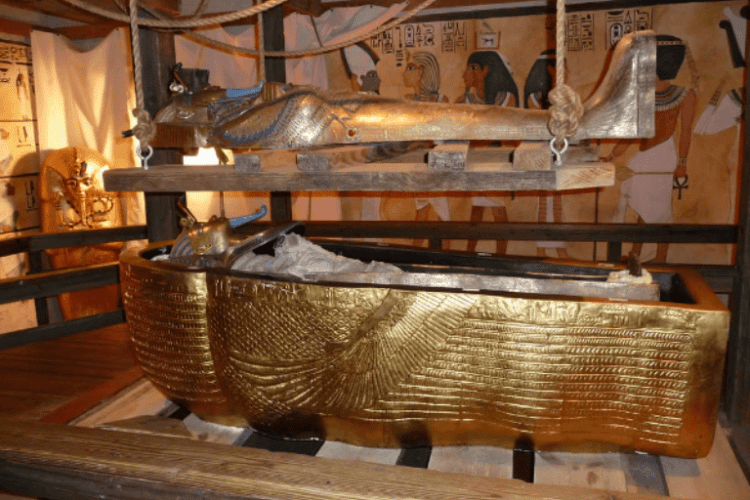
Discovered in 1922 by British archaeologist Howard Carter in Egypt’s Valley of the Kings, the intact tomb of Pharaoh Tutankhamun remains one of the most significant archaeological finds in history. The burial chamber contained a wealth of treasures, including his iconic golden death mask, elaborate jewellery, and ceremonial chariots. This incredible discovery provided valuable insights into ancient Egyptian culture, burial practices, and religious beliefs.
2. Rosetta Stone
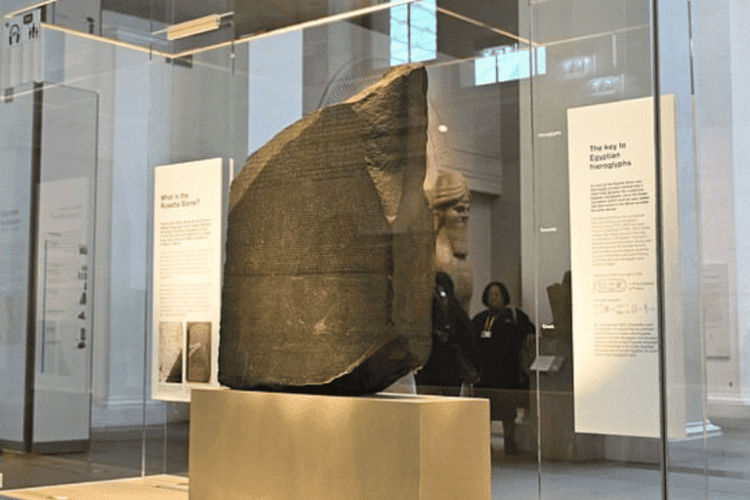
Found in 1799 during Napoleon’s Egyptian campaign, the Rosetta Stone proved to be a vital key to deciphering ancient Egyptian hieroglyphs. This stone slab featured inscriptions in three scripts, including Greek, allowing scholars to unlock the mysteries of the Egyptian writing system. The decipherment of the Rosetta Stone was a breakthrough in understanding the language and history of ancient Egypt.
3. Machu Picchu
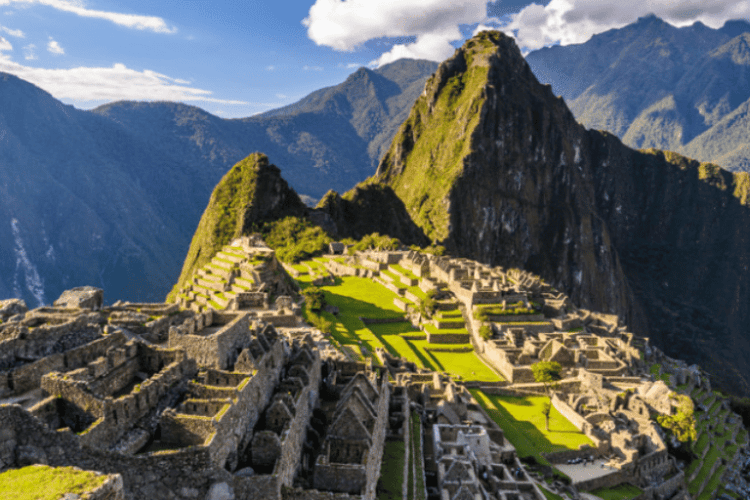
An awe-inspiring Incan citadel nestled high in the Andes Mountains of Peru, Machu Picchu was rediscovered by American historian Hiram Bingham in 1911. Its purpose and function have puzzled researchers, adding an air of mystery to this stunning archaeological marvel. The sophisticated Incan architecture and the breathtaking mountain setting make Machu Picchu one of the most iconic and enigmatic archaeological sites in the world.
4. Terracotta Army
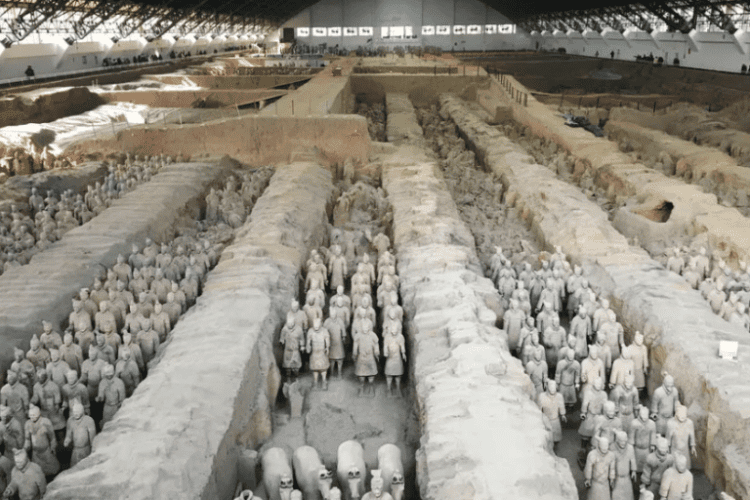
Unearthed in 1974 near Xi’an, China, the Terracotta Army is a vast collection of life-sized clay soldiers, horses, and chariots guarding the tomb of China’s first emperor, Qin Shi Huang. This impressive funerary art provides a glimpse into the emperor’s vision of the afterlife and the belief in the afterworld in ancient China. The meticulous craftsmanship of each terracotta warrior and the attention to detail make this discovery a testament to ancient Chinese artistry.
5. Pompeii
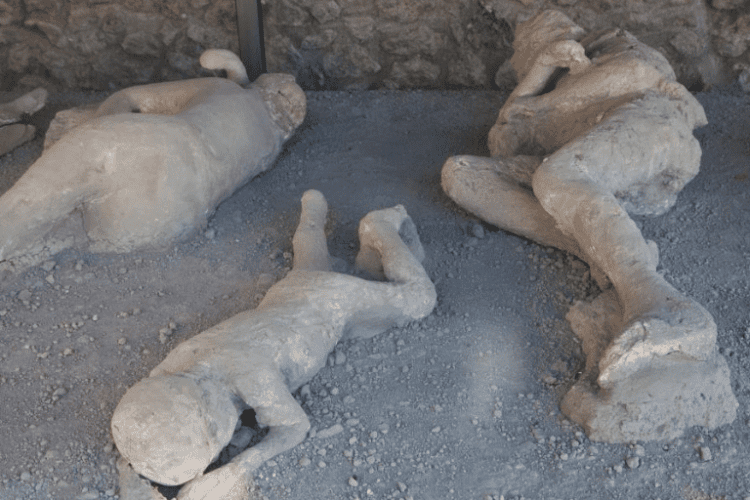
Buried by the eruption of Mount Vesuvius in 79 AD, Pompeii was rediscovered in the 18th century, revealing remarkably preserved ancient Roman life. Excavations of this ancient city offer a unique window into the daily routines, architecture, and culture of the Roman Empire. The casts of victims caught in their final moments during the volcanic eruption provide a haunting and poignant reminder of the city’s tragic fate.
6. Dead Sea Scrolls
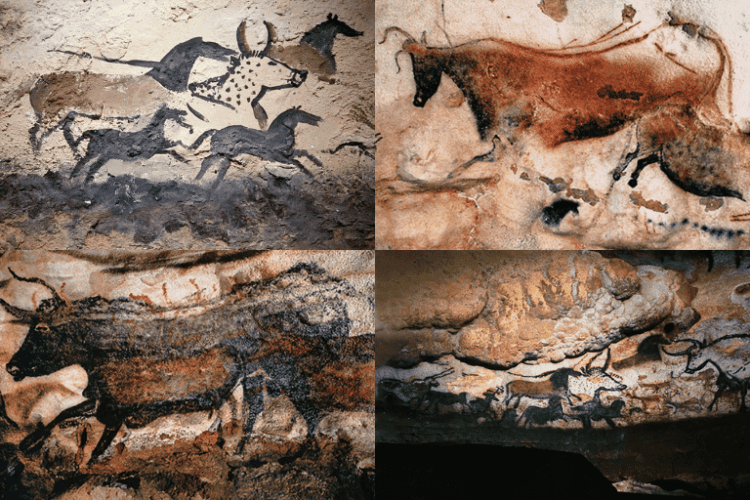
Discovered in the mid-20th century near the Dead Sea, the Dead Sea Scrolls consist of ancient Jewish texts dating back to the time of Jesus. These well-preserved manuscripts contain religious and historical significance, offering valuable insights into early Jewish life and beliefs. The scrolls provide a crucial link between ancient Jewish traditions and the development of early Christianity.
7. Lascaux Cave Paintings
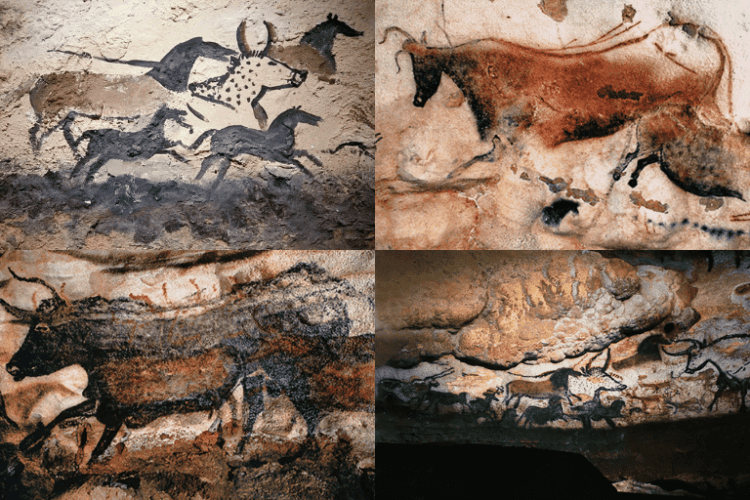
Located in France and dating back over 17,000 years, the cave paintings of Lascaux are among the most exceptional examples of prehistoric art. These vivid depictions of animals and symbols provide a glimpse into the creative minds of our distant ancestors. The cave paintings of Lascaux offer a unique and evocative connection to the art and symbolism of ancient humans.
8. Göbekli Tepe
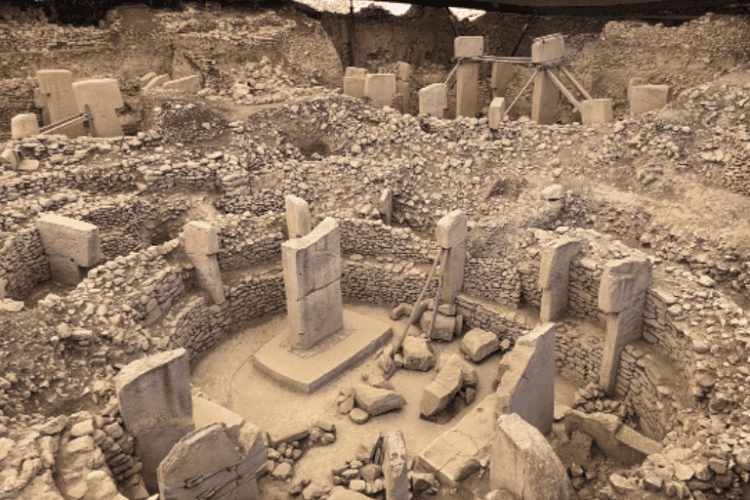
Situated in modern-day Turkey, Göbekli Tepe is an ancient archaeological site that predates Stonehenge by thousands of years. The massive stone pillars and intricate carvings found here have challenged our understanding of early human civilizations. Göbekli Tepe’s construction and purpose remain a subject of intense research and debate among archaeologists.
9. Great Wall of China
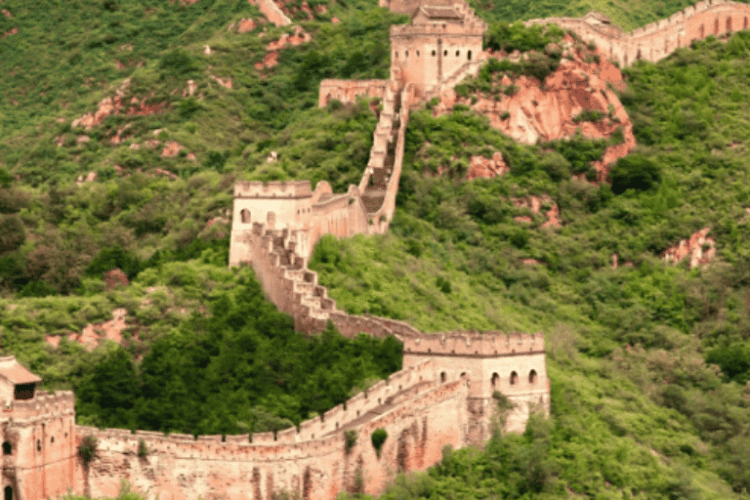
Stretching over 13,000 miles, the Great Wall of China is a monumental feat of ancient engineering. Although its construction started over 2,000 years ago, the wall’s continuous expansion and rebuilding continued throughout various dynasties. The Great Wall stands as a testament to the ancient Chinese civilization’s desire to protect its borders and its enduring legacy of architectural achievement.
10. Stonehenge
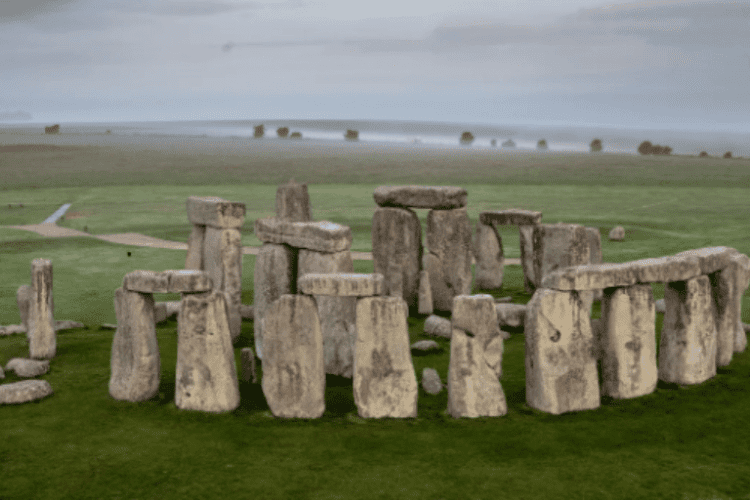
One of the most iconic prehistoric monuments in the world, Stonehenge, located in England, has been a subject of fascination for centuries. Its purpose and construction methods continue to be the subject of debate among archaeologists and historians. The precision of its massive stones and its astronomical alignments suggest an advanced understanding of engineering and celestial movements by its builders.
These archaeological discoveries offer us a glimpse into the distant past, enriching our understanding of human history, culture, and achievements. As technology and research methods continue to advance, it is certain that more fascinating archaeological finds will continue to captivate our imagination and deepen our appreciation for the remarkable achievements of our ancestors. Each discovery is a piece of the puzzle that contributes to the ever-evolving narrative of human history and the fascinating journey of our civilization through the ages.
If you like this you might like The Top 10 People Who Changed the Course of Human History





